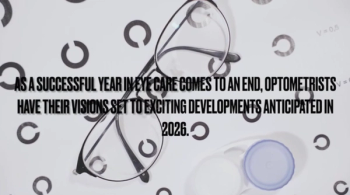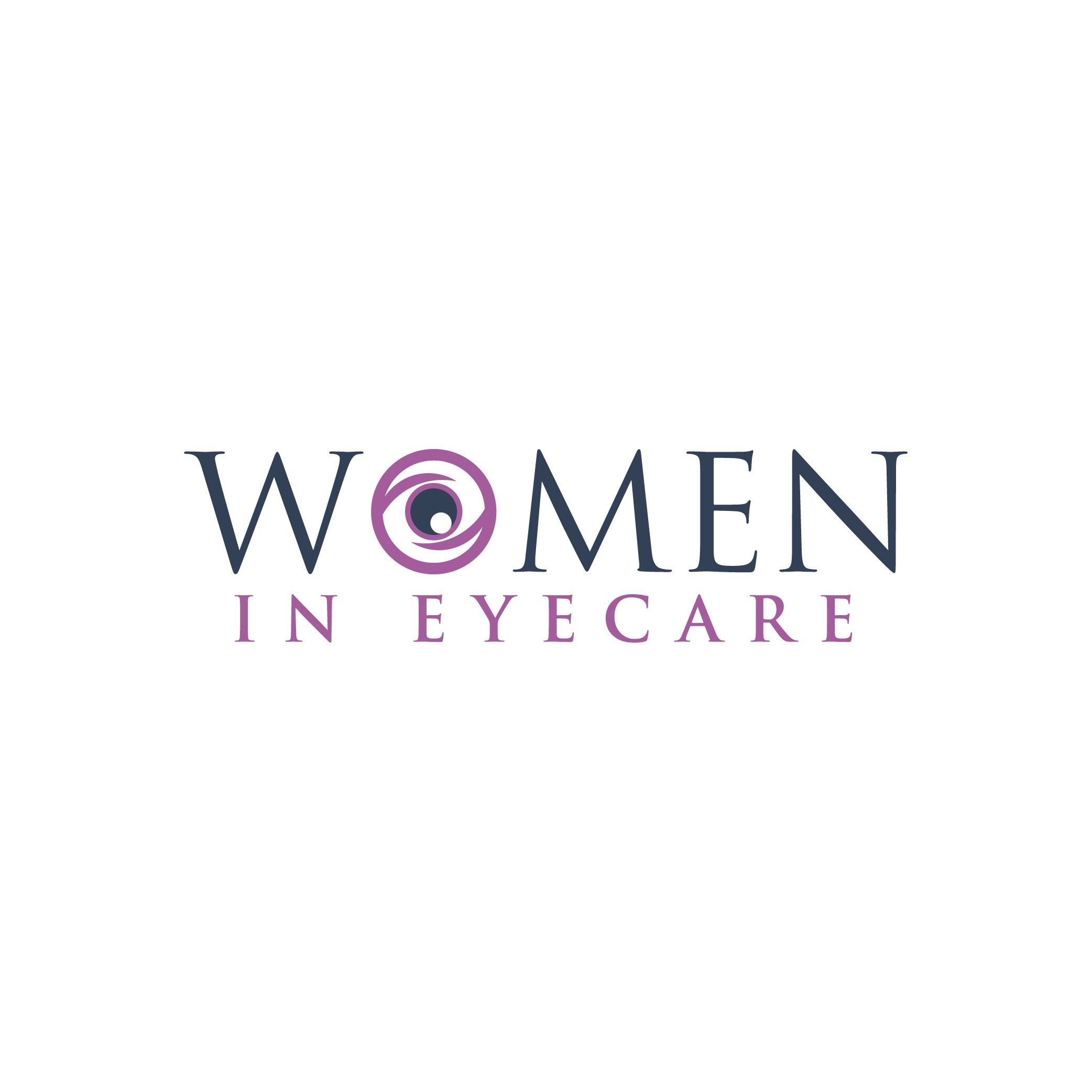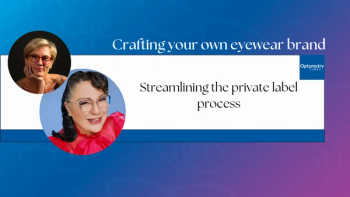
Taking a multidisciplinary approach to dry eye: Insights from Dr Elise Kramer

Elise Kramer, OD, FAAO, FSLS, describes how she uses myriad tools to help her patients with dry eye manage the condition, especially in conjunction with contact lenses.
For optometrists immersed in the complex and evolving landscape of
From contact lenses to dry eye management
Kramer’s professional journey started at the University of Montreal, where she was first exposed to dedicated dry eye clinics during her optometry studies. Her early specialization in anterior segment disease and contact lenses quickly revealed a critical clinical truth: one cannot excel in contact lens practice without effectively managing the ocular surface.
“I don’t think that you can successfully specialize in contact lenses without addressing ocular surface disease,” Kramer emphasizes. She describes how many of her contact lens patients—especially those with irregular corneas, posttransplant eyes, or extensive ocular histories—also experience significant ocular surface disease. Addressing this comorbidity, she notes, is often what determines the success or failure of scleral lens fittings and long-term patient satisfaction.
Shifting to personalized, root-cause-oriented care
Kramer credits the TFOS DEWS II report with fundamentally shifting her clinical approach. No longer content with simply recommending artificial tears, her practice now revolves around identifying the root cause of each patient’s dry eye—whether aqueous deficient, evaporative, or mixed—and tailoring treatment accordingly.
“There is no formula,” she explains. “Everyone is so different…and dry eye care needs to be personalized.” This philosophy drives her to conduct comprehensive diagnostic evaluations, including tear osmolarity, meibography (her “dental X-ray” analogy for gland imaging), and in-depth patient interviews focused on daily habits, symptom timing, and previous self-treatments.
Asking the right questions
Kramer believes in moving beyond the standard “Do your eyes feel dry?” prompt, which often yields misleading denials. Instead, she probes functional complaints—eye fatigue at the end of the day, screen time impact, or drop usage patterns. Many patients, she notes, are already self-medicating with cosmetic or vasoconstrictive drops like Lumify (Bausch + Lomb) or Visine, mistaking temporary relief for effective treatment.
She emphasizes the importance of distinguishing between symptom masking and true treatment. “You can use Lumify…but it’s not a treatment for dry eye,” she warns. Patients may not recognize what “normal” ocular comfort feels like, so targeted questions and education help shift their expectations.
From at-home regimens to in-office interventions
Although Kramer starts most patients with a baseline regimen—hot compresses, lid hygiene, preservative-free tears, and Omega-3 supplementation—she’s quick to adapt based on adherence and response. “It’s not helpful to have dental floss if you’re not flossing,” she jokes, reinforcing that consistent use is key.
When patients struggle or when the disease is advanced, she introduces in-office treatments like intense pulsed light (IPL), radiofrequency, TearCare, LipiFlow, or even platelet-rich growth factors. For aqueous-deficient cases, punctal plugs or scleral lenses may be incorporated. Demodex blepharitis management is also front of mind, especially when infestations are severe and overlooked.
Still, she’s clear that no single algorithm fits all: “I wish I had a formula. But the truth is, it really depends on the individual patient and what they’re willing to do.”
Patient buy-in through education
Kramer likens dry eye education to dental hygiene—many patients don’t realize they have a problem until it's visualized and explained. Showing meibography images and explaining the role of meibomian glands helps patients grasp the impact of their condition and encourages proactive care, even in asymptomatic individuals.
“Our job is not to sell treatments—it’s to educate,” she insists. Patients may seek treatment elsewhere, but if they leave her office better informed and empowered, she considers it a success. Her ultimate goal is to help patients understand their disease and engage in self-improvement, whether that’s implementing home care routines or pursuing advanced interventions.
Key takeaways for practicing optometrists
- Testing is critical: Accurate diagnosis hinges on comprehensive testing, including meibography and inflammation markers.
- Ask the right questions: Go beyond “Are your eyes dry?” and dig into lifestyle, symptom timing, and self-medication habits.
- Education drives adherence: When patients understand their disease, they’re more likely to follow through with treatment.
- Avoid assumptions: Never judge a patient’s willingness to pursue care based on appearance or insurance status.
- Customization is key: There’s no one-size-fits-all approach; successful outcomes demand individualized treatment plans.
In an era where dry eye has become increasingly prevalent and complex, Kramer’s insights underscore the importance of evolving with the science, listening to patients, and leading with education. For optometrists, this means not only treating the disease—but also transforming the patient experience.
Newsletter
Want more insights like this? Subscribe to Optometry Times and get clinical pearls and practice tips delivered straight to your inbox.













































.png)


